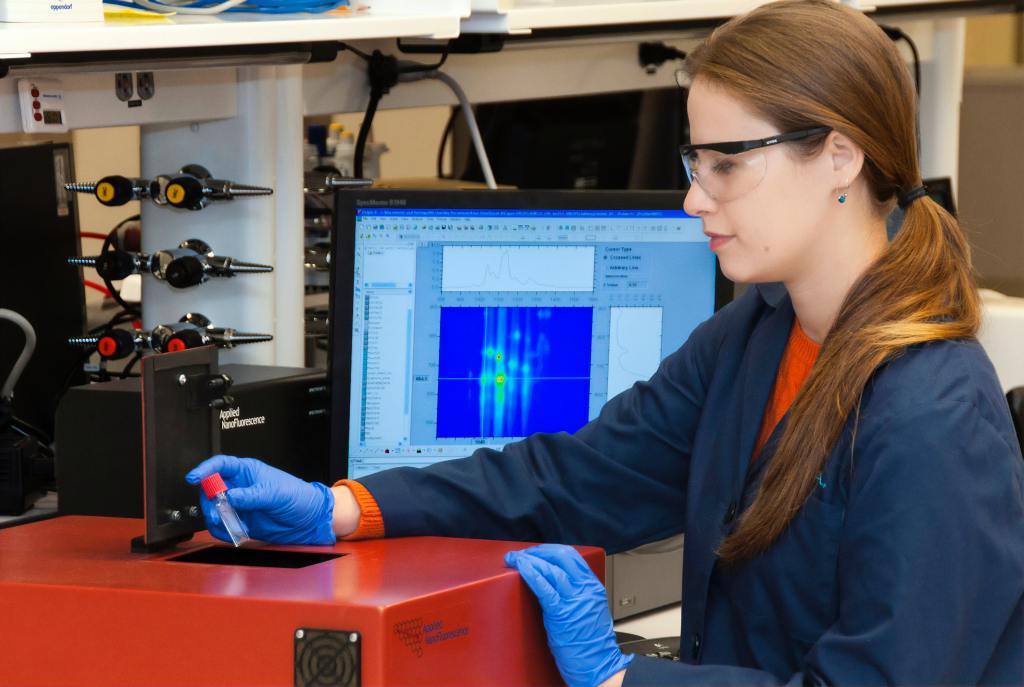
Dr. Jorge Galindo is a licensed marriage, family, and child therapist in Irvine, California. He shares a private practice with wife, Miriam Galindo, PsyD, and also serves as a reserve deputy sheriff with the Orange County Sheriff’s Department. During his time as a doctoral intern at St. Joseph Hospital, Dr. Jorge Galindo received special training in areas of assessing and treating bipolar spectrum disorders.
While bipolar disorder is sometimes presented as rapid mood swings from manic episodes to periods of depression, the condition is actually far more nuanced and complex. In fact, a number of mental health professionals view bipolar disorder as a spectrum. According to the Diagnostic and Statistical Manual for Mental Disorders 5th Edition (DSM-5), there are four distinct versions of bipolar disorder.
Bipolar I disorder involves episodes of either mania or mixed episodes of mania and depression. To qualify as bipolar I disorder, these episodes must last for a minimum of 7 days. Bipolar II disorder also involves episodes of depression, but instances of mania are replaced with less severe episodes of hypomania.
Cyclothymia can be viewed as the least severe version of bipolar disorder, though it still involves shifts between hypomania and depression that can impact an individual’s daily life and well-being. The DSM-5 states that these alternating periods must persist for at least 2 years to be considered cyclothymia.
Finally, bipolar disorder not otherwise specified (NOS) is a term used to describe a bipolar disorder that does not conform to the patterns described above. For example, a person with bipolar disorder NOS may suffer from episodes of hypomania but not depression. It should also be noted that bipolar disorder can overlap with other mental health conditions, such as generalized anxiety disorder and major depressive disorder.

